Singapore MRT reliability hits five-year low amid rise in service faults
Singapore’s MRT network has recorded its weakest reliability in five years, with trains travelling shorter distances before encountering delays. The Land Transport Authority’s latest data shows a system-wide decline, despite remaining above the official benchmark.
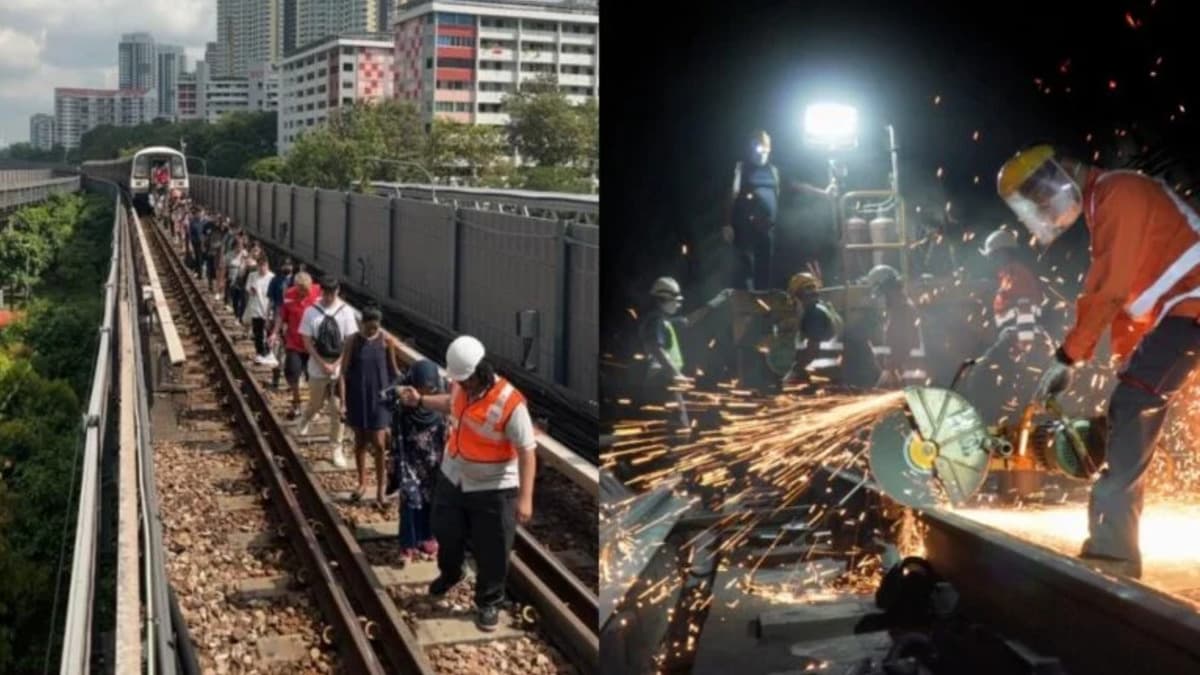
- MRT network reliability fell to 1.6 million train-km between delays — lowest since 2020.
- Downtown Line saw reliability halve year-on-year; East-West and North-South Lines also declined.
- Acting Transport Minister Jeffrey Siow called recent disruptions “disappointing” and pledged improvement.
SINGAPORE — The reliability of Singapore’s Mass Rapid Transit (MRT) system has fallen to its lowest level in five years, with trains travelling shorter distances before encountering service delays, according to new figures released by the Land Transport Authority (LTA).
Between July 2024 and June 2025, the MRT network clocked an average of 1.6 million train-kilometres between delays lasting more than five minutes — the lowest mean distance since 2020, when it stood at 1.45 million train-km. The figure marks a continued decline from the network’s best performance in 2022, when it reached 2.09 million train-km.
Downtown and North-South Lines see steep declines
The Downtown Line recorded the sharpest drop in reliability, falling by half from 8.13 million to 4.12 million train-km. The North-South Line also saw a significant decrease to 1.24 million, down from 2.49 million a year earlier — its weakest showing since 2020.
The East-West Line, historically one of the busiest, continued its downward trend from 1.69 million to 1.44 million train-km. Only the North-East and Circle Lines showed improvement, with the former inching up to 4.23 million and the latter rising to 1.07 million, up from 919,000 the previous year.
The Thomson-East Coast Line was not included in the report as it remains incomplete; its final phase is expected to open in the second half of 2026.
Despite the setbacks, the MRT system’s overall reliability still exceeded LTA’s benchmark of one million train-kilometres between delays. However, the downward trend suggests that maintaining high performance levels is proving increasingly challenging for operators.
Major incidents and service disruptions
Two major delays lasting over 30 minutes were reported in the first half of 2025 — one each on the Downtown and Circle Lines — compared with seven such disruptions in 2024.
Among the most severe incidents was a six-day disruption on the East-West Line in September 2024, which resulted in a S$3 million fine for SMRT. Other faults followed in early 2025, including:
• A Circle Line train fault on 5 March causing delays between Promenade and Serangoon.
• A breakdown of an engineering vehicle at Bishan depot on 7 February that disrupted North-South Line operations for most of the day.
• Signalling faults on 10 and 11 February that delayed morning services on the North-East and Circle Lines.
The LTA noted that some incident figures remain subject to change as investigations are still underway.
International comparison and LRT improvements
When converted to car-kilometres, Singapore’s MRT network achieved 7.7 million car-km between delays — higher than Hong Kong’s MTR (4.29 million) and New York’s subway (187,000), but behind Taipei Metro’s 19.1 million recorded in 2023.
Singapore also performs well in terms of major delays, registering 0.13 disruptions lasting over 30 minutes per million train-km in 2023 — a lower rate than Tokyo Metro, Osaka Metro, and Yokohama Subway.
While MRT reliability dipped, the Light Rail Transit (LRT) system showed marked improvement. The Sengkang-Punggol LRT’s reliability more than doubled to 1.25 million car-km, while the Bukit Panjang LRT increased slightly to 247,000. Overall, the LRT network averaged 534,000 car-km between delays, compared to 382,000 a year earlier. Notably, no LRT service delays longer than 30 minutes were recorded in the first half of 2025.
Minister Siow addresses public concerns
In response to a series of high-profile disruptions, Acting Transport Minister Jeffrey Siow described the situation as “disappointing” in a Facebook post on 6 August.
“This series of recent incidents is disappointing for all of us, and we can and will do better,” he wrote, referring to multiple faults that affected rail services across the network in recent months.
His comments followed a five-hour breakdown on the East-West Line in early August, caused by a point machine fault near Jurong East station. According to SMRT Trains President Lam Sheau Kai, the malfunction originated in equipment responsible for controlling train routing at track junctions.
LTA and the rail operators have pledged to strengthen maintenance procedures and system monitoring to reduce the likelihood of recurring faults. However, experts note that as the network ages and passenger demand rises, maintaining consistent reliability will require continued investment in renewal and technology upgrades.


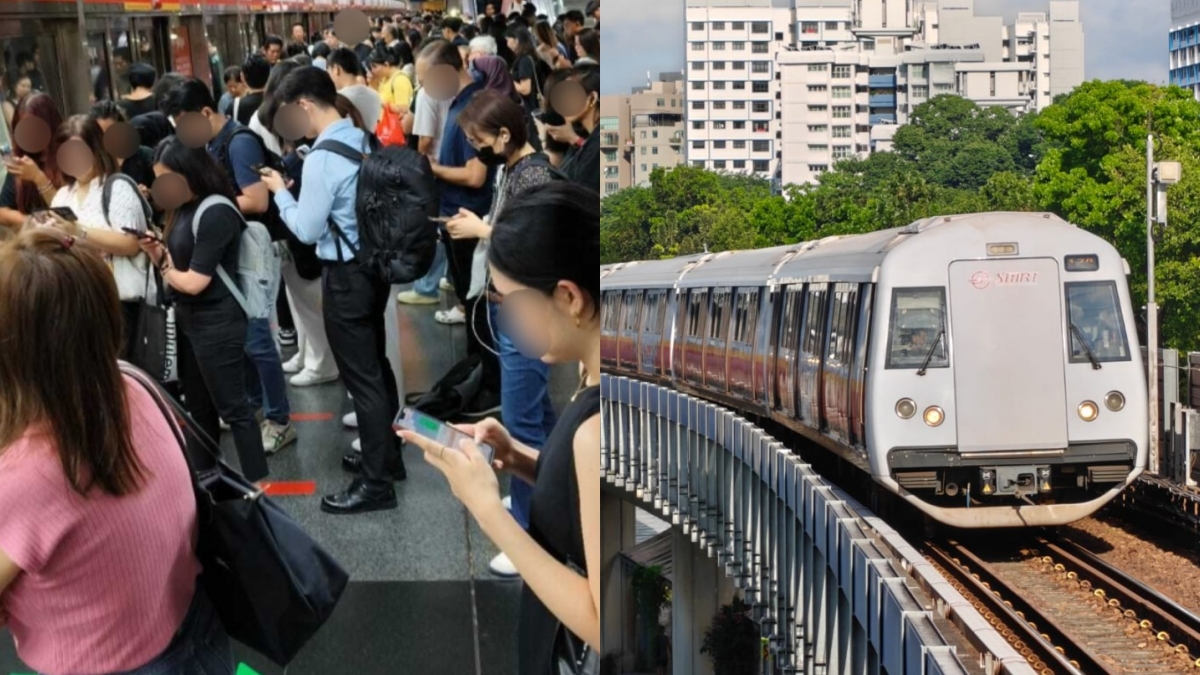
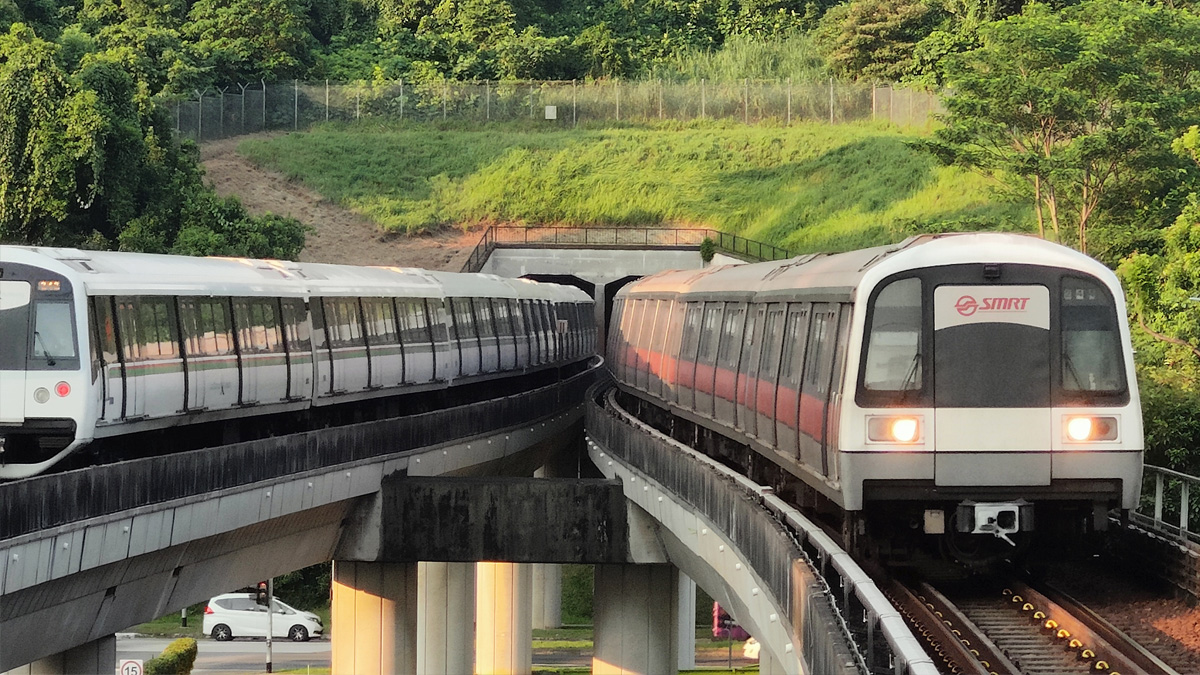
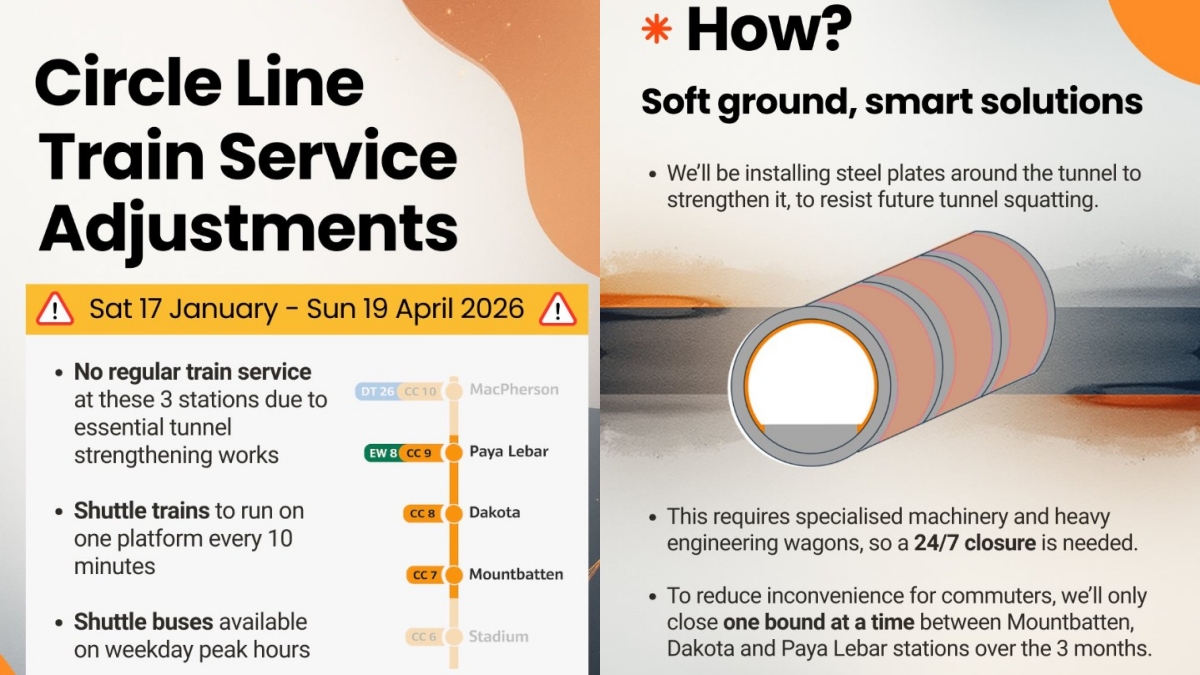



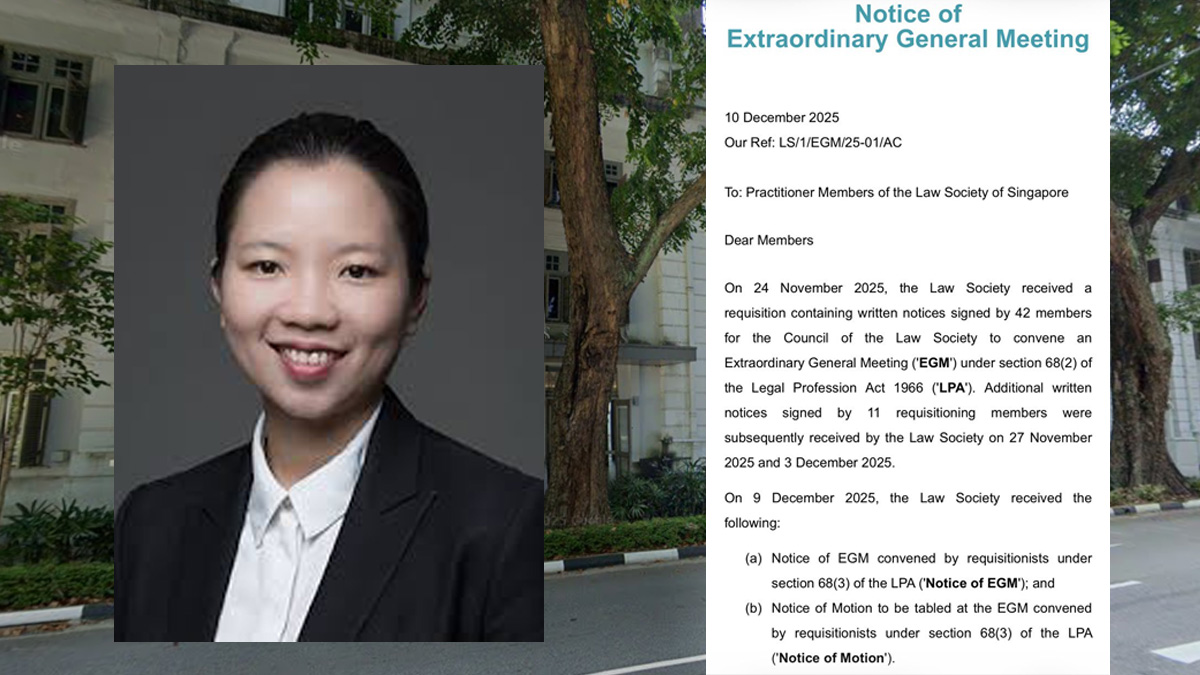

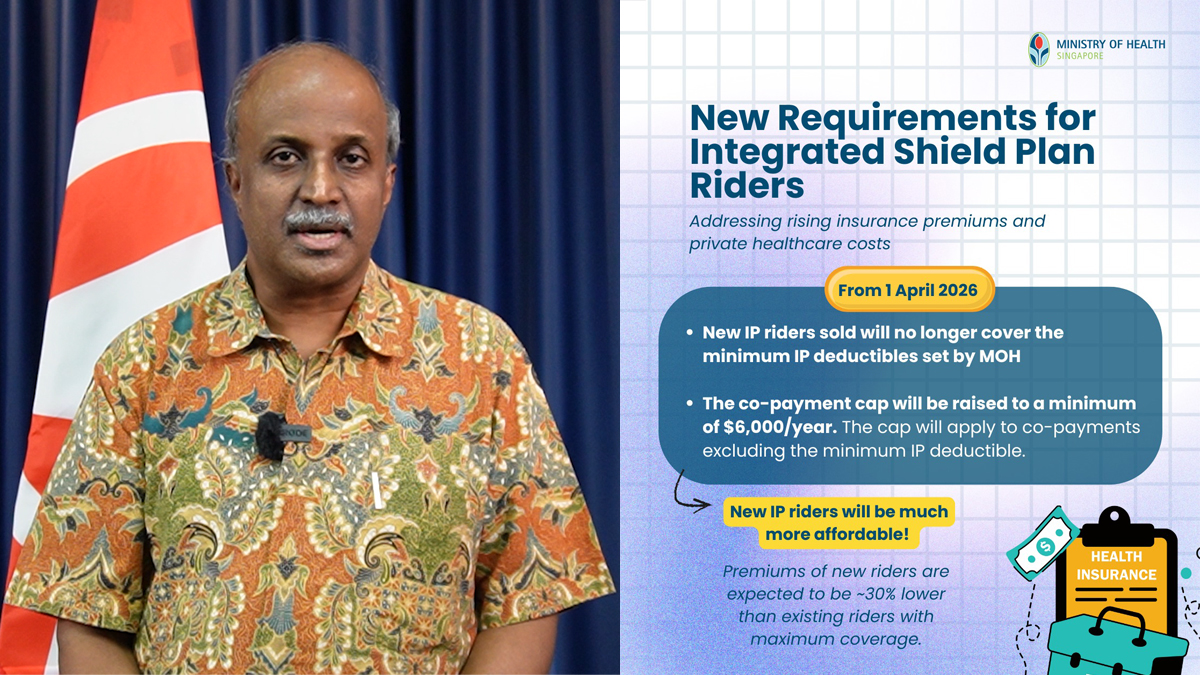
0 Comments